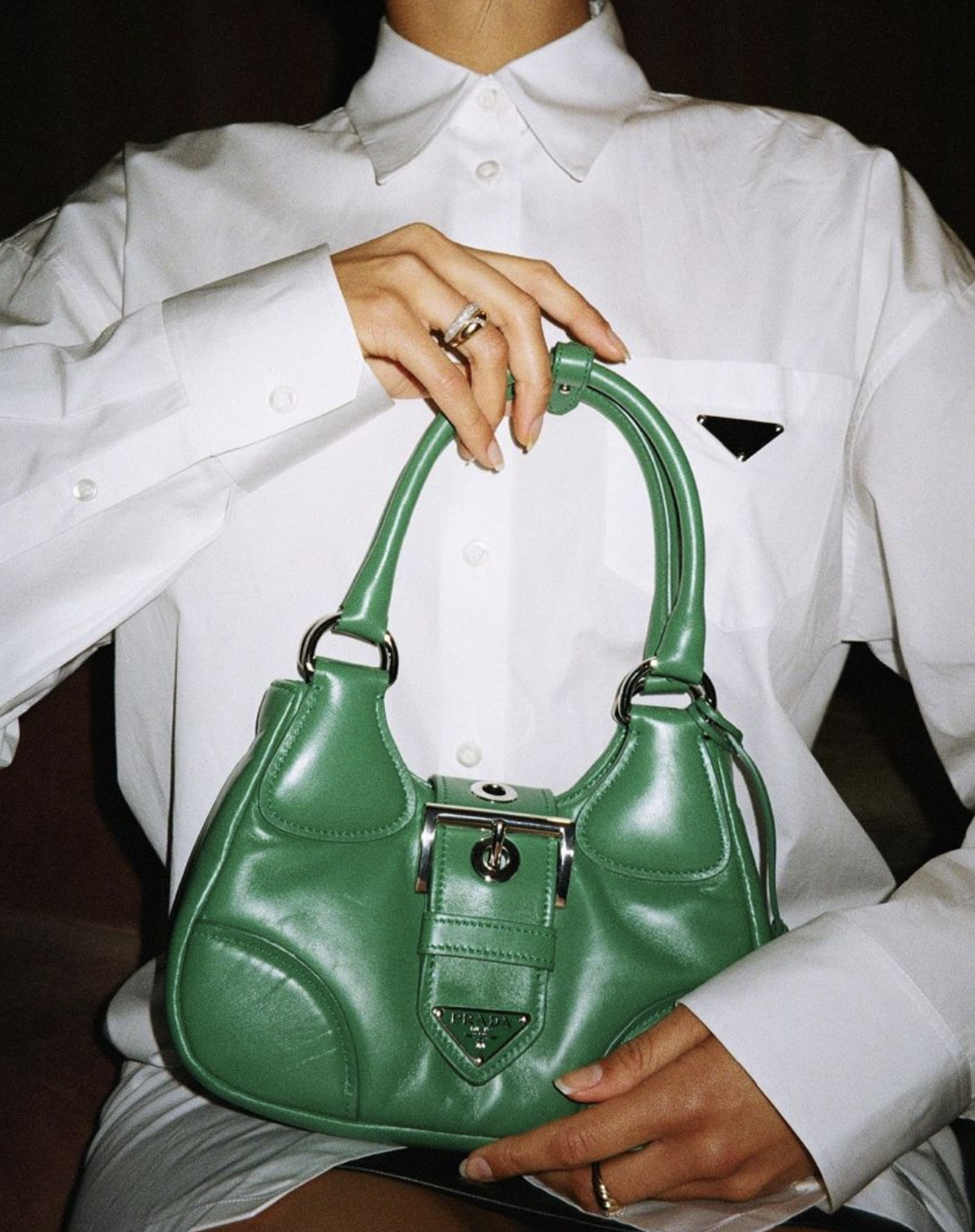Chappell Roan, the rising pop artist known for her bold style and raw emotional expression, has recently opened up about her evolving creative process, her experience writing music through personal pain, and how she’s reconnected with the passion that first drew her to the industry. In candid conversations, Roan has shared the emotional depth behind her latest work and what it’s taken to reclaim a sense of joy in her craft.
One of the most talked-about pieces from her latest collection is “The Subway,” a composition that illustrates the eerie silence often accompanying the end of a relationship. For Roan, this track embodies more than just sorrow—it portrays emotional confusion and openness against the backdrop of daily existence. The subway transforms into a metaphor: a space of movement lacking direction, where passengers advance while the heart lingers in the past.
Composing “The Subway” alongside other emotionally charged tracks was a way for Roan to navigate through a challenging time. Instead of avoiding the pain, she embraced it, employing her music as both an escape and a reflection. By doing this, she enabled herself to be truly visible, not merely as an artist, but as an individual experiencing sorrow, doubt, and the quest for purpose.
That honesty has struck a chord with fans. Roan’s lyrics aren’t dressed up with metaphor for metaphor’s sake—they’re grounded in specific, often painful moments that listeners find relatable. Whether she’s singing about unrequited love, loneliness, or the disillusionment that can come with chasing creative dreams, there’s an unfiltered quality to her voice that sets her apart in today’s crowded pop landscape.
However, Roan acknowledges that composing amid emotional turmoil was challenging. At times, the heavy burden of her personal experiences made it hard for her to stay creative. Nevertheless, music served as her refuge—a place she could turn to when everything else seemed uncertain. Her dedication to her art, despite personal hardships, laid the groundwork for a fresh phase in her creative path.
In the last few months, Roan has discussed rediscovering the pleasure of creating music. After many years of dealing with industry demands and the strains of career development, she has reengaged with the elements of songwriting and performing that initially motivated her. This change has been profoundly empowering, enabling her to produce music genuinely rather than out of duty.
Part of that journey back has included adopting a playful and theatrical approach—features that have been integral to her style for a long time but are now becoming the focus in her live performances and public image. From bold makeup and eye-catching outfits to elaborately crafted shows, Roan is embracing the liberation that accompanies fully embracing her identity as an artist.
She’s also taken more control over her creative direction, from songwriting to stage design. This increased agency has allowed her to align her work more closely with her values and vision. For Roan, it’s not just about putting out music—it’s about building a world that reflects who she is and what she stands for.
That world is one where emotional honesty coexists with glamor, where heartbreak doesn’t preclude joy, and where vulnerability is a form of strength. Her performances often blur the line between concert and confessional, offering audiences not just entertainment but a sense of connection and catharsis.
Roan’s ability to tap into that space is especially evident in her growing fanbase, many of whom find comfort and empowerment in her work. Her songs have become anthems for those navigating emotional turbulence, queer identity, and the complex process of self-discovery. In an industry often focused on perfection and polish, Roan’s willingness to show the cracks has become her signature.
As she looks ahead, Roan is focused not just on promoting her latest releases, but on continuing to evolve as both a person and a performer. She’s committed to making music that tells the truth—even when it’s uncomfortable—and to building a creative environment that sustains rather than drains her.
In a cultural moment where burnout and detachment are all too common among artists, Roan’s journey toward emotional resilience and artistic integrity offers a hopeful counter-narrative. By confronting heartbreak head-on and allowing it to fuel her songwriting, she’s emerged with a deeper understanding of herself and a renewed sense of purpose.
What’s ahead for Chappell Roan is still unknown, though one thing is definite: she is no longer producing from a standpoint of mere survival. Rather, she has decided to craft music drawing on her power, clear vision, and most significantly, affection—for her craft, her fans, and herself.



